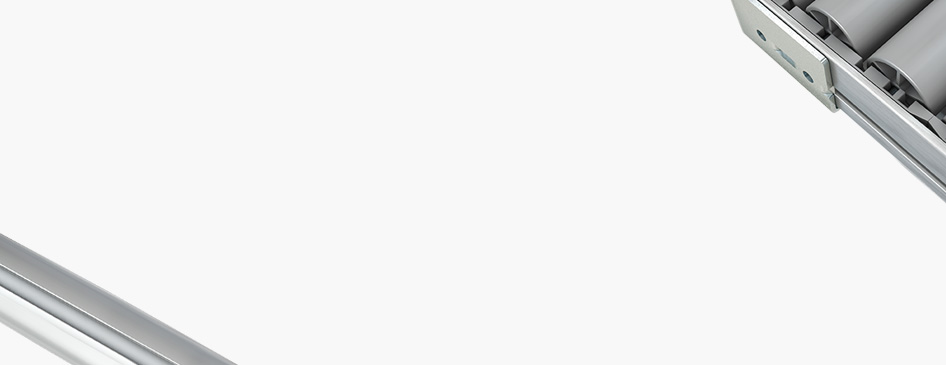
Choose one
or multiple languages
0,1,1
- German
- English
- Chinese
- Spanish
Special cast iron
Special cast irons are cast irons that have been developed for exacting requirements, including applications where high Corrosion and Wear Resistance is essential or where thermal or chemical stresses place increased demands on the Material properties.
Examples of special cast irons include:
- Wear-resistant cast iron: Cast with high Alloy contents (chromium, nickel, molybdenum) in such a way as to form rod-like carbides in a martensitic-austenitic Casting matrix. It is resistant to abrasion (scoring wear).
- Acid-resistant cast iron (for items such as pumps and fittings that are in contact with chemicals): Has a high silicon content of up to 17 percent in the alloy and a low Carbon content (0.6 to 0.9 percent). It cannot be forged.
- Chilled cast iron in moulds (for rollers and camshafts): The permanent moulds ensure quenching in the boundary areas, where Iron carbide (cementite) thus forms and the iron takes on a white appearance. The concentration of graphite increases toward the core, where the iron has the appearance of grey cast iron. This approach produces one casting made from two different materials in a single casting operation. While the shell is resistant to wear, the core exhibits good elasticity.
Sondergusseisen
Sondergusseisen sind Gusseisen, die für hohe Anforderungen entwickelt wurden. Dazu gehören Anwendungszwecke, bei denen es auf eine hohe Korrosions- und Verschleißbeständigkeit ankommt oder bei denen erhöhte Anforderungen an die Werkstoffeigenschaften durch thermische oder chemische Belastungen gestellt werden.
Zu den Sondergusseisen gehören beispielsweise:
- Verschleißbeständiges Gusseisen: wird mit hohen Legierungsanteilen (Chrom, Nickel, Molybdän) so gegossen, dass stäbchenförmige Carbide in einer martensisch-austenitischen Gussmatrix gebildet werden. Es ist widerstandsfähig gegen Abrasion (furchenden Verschleiß)
- Säurebeständiges Gusseisen (etwa für Pumpen, Armaturen mit Chemikalienkontakt): hat einen hohen Siliziumanteil von bis zu 17 Prozent in der Legierung und einen geringen Kohlenstoffgehalt (0,6 bis 0,9 Prozent). Es ist nicht schmiedbar.
- Schalenhartguss in Kokillen (für Walzen, Nockenwellen): Die Dauergussformen sorgen für Abschreckung in den Randbereichen, so dass hier Eisencarbid (Zementit) entsteht und der Randbereich weiß erstarrt. Zum Kern hin steigt der Graphitanteil in Richtung Grauguss. In einem Gießvorgang wird auf diese Weise ein Gussteil aus zwei verschiedenen Werkstoffen erzeugt. Während die Schale verschleißbeständig ist, weist der Kern eine hohe Elastizität auf
特殊铸铁
特种铸铁是专为严苛需求而开发设计的一种铸铁,如要求铸件必须具有较高耐腐蚀性和耐磨性的应用,或由于热应力或化学应力而提高了对材料性能的要求。
特种铸铁的示例包括:
耐磨铸铁:加入高含量的合金(铬、镍、钼)进行铸造,通过这种方式在马氏体 - 奥氏体浇铸基体中形成棒状碳化物。能够抵抗磨损(划伤磨损)。
耐酸铸铁(用于制造如泵、配件等长期与化学品接触的物品):合金中的硅含量高达17%,碳含量较低(0.6〜0.9%)。不能进行锻造。
模制冷硬铸铁(用于制造滚轮和凸轮轴):永久模具保证在界面区域进行淬火并形成碳化铁(渗碳体),此处铁呈现出一种白色外观。石墨浓度朝向钢芯不断增加,石墨聚集处铁呈现出灰口铸铁的外观。这种方法在单一的铸造操作中生产出由两种不同材料构成的一个铸件。其中外壳耐磨损,而钢芯具有良好的弹性。
Hierro vaciado especial
Los hierros vaciados especiales son que han sido desarrollados para requerimientos exigentes, incluso aplicaciones donde la alta resistencia a la corrosión y al desgaste es esencial o cuando los esfuerzos térmicos o químicos generan mayores demandas sobre las .
Entre ejemplos de los hierros vaciados especiales se incluye:
Hierro vaciado resistente al desgaste: Vaciado con un alto contenido de (cromo, níquel, molibdeno) de tal manera que forma carburos en forma de varilla en una matriz de vaciado matensítica-austenítica. Es resistente a la abrasión (desgaste por estriación).
Hierro vaciado resistente a ácidos (para artículos como bombas y acoples que estén en contacto con químicos): Tiene un alto contenido de silicio de hasta 17 % en la aleación y un bajo contenido de carbono (0.6 a 0.9 %). Puede ser forjado.
Fundición dura en moldes (para rodillos y árboles de levas): Los moldes permanentes aseguran el enfriamiento de las áreas límite cuando el carburo de hierro (cementita) se forma y el hierro toma una apariencia blanca. La concentración de grafito se incrementa hacia el núcleo, donde el hierro tiene una apariencia de hierro vaciado gris. Este método produce un vaciado hecho a partir de dos materiales diferentes en una sola . Mientras que la coraza es resistente al agua, el núcleo muestra buena elasticidad.
